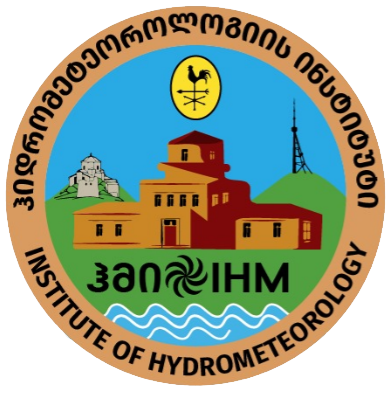UDC:551.556
Use of Structured data to evaluate natural hydrometeorological events in vulnerable regions of Georgia/ M.Tatishvili, I. Samkharadze, A. Palavandishvili,, N. Nebieridze, Kh. Elbakidze-Chargazia/Transactions IHM, GTU. -2025. -vol.136. -pp.105-108. - Georg., Summ. Georg., Eng.Rus.
The location and orographic conditions of Georgia lead to the formation of a variety of climatic and landscape types. These factors are favorable for formation of natural hydrometeorological phenomena (flooding, landslide, hurricane, etc.) of different intensity and frequency. The study of all those phenomena needs the processing of long-term observation series of climatic parameters. The purpose of the presented research is to study the spatial-temporal regularities of basic climatic parameters in the mountain regions of Georgia. The following statistical parameters and climatic indices were calculated: standard deviation, mean absolute error, temperature extremes, extreme precipitation day number, repeatability of strong windy days. Between two 30-year periods, the average annual temperature has been increased almost everywhere, up to 1 degree; the average increase is 0,5˚C. It has been established that for second period there is a significant increase in the average max air temperature from 0,3˚С to 1,2˚С. The precipitation regime changes are unstable in time and are spatially heterogeneous, although they are characterized by some regularity. In particular, the annual rainfall in western Georgia is mainly increased, while in some eastern regions – decreased. The average wind speed change trends seem to be decreased, however maximal velocities are increased. The results may be used in early warning systems.

